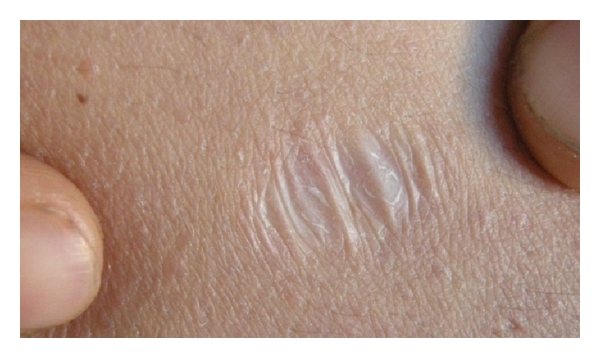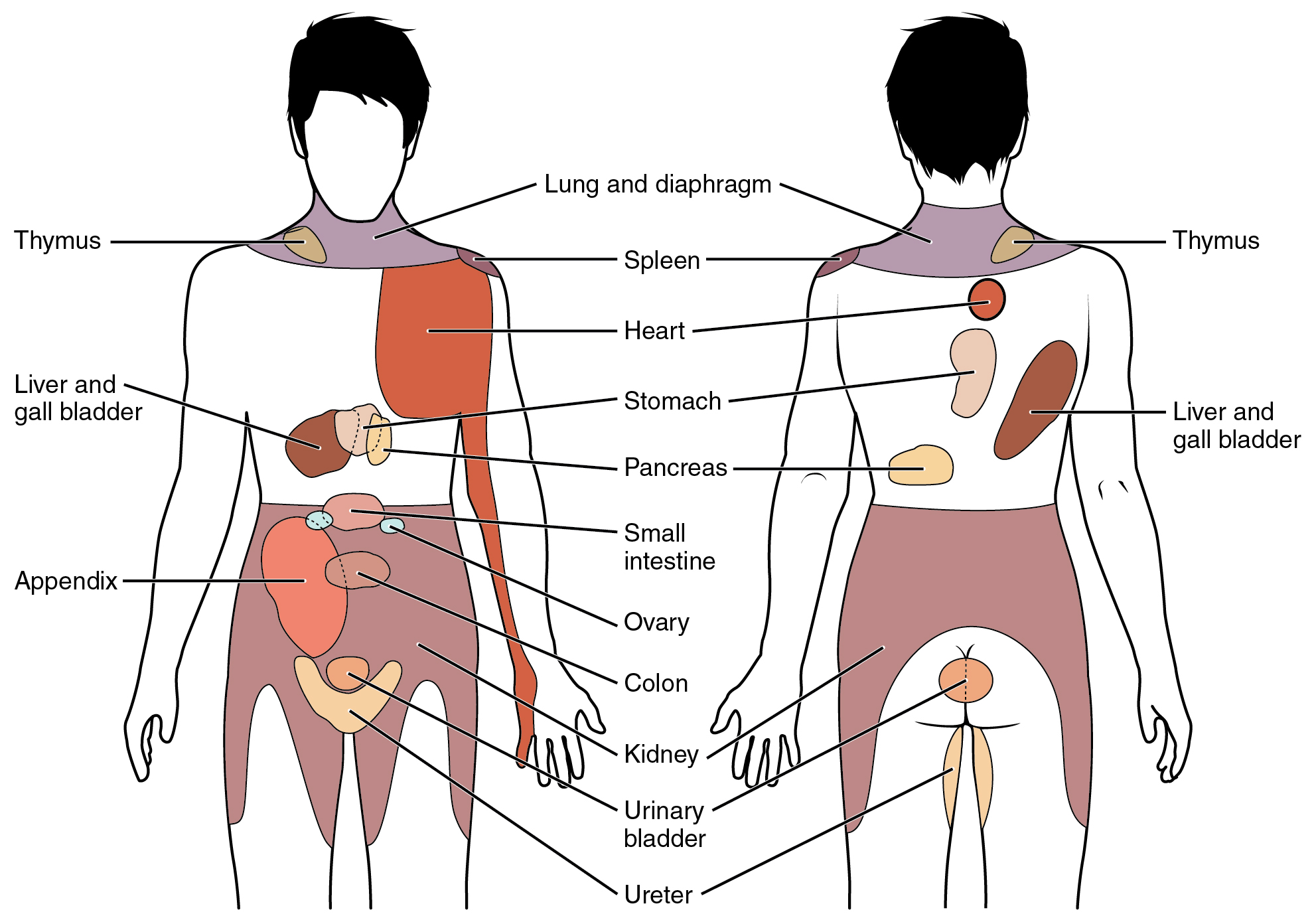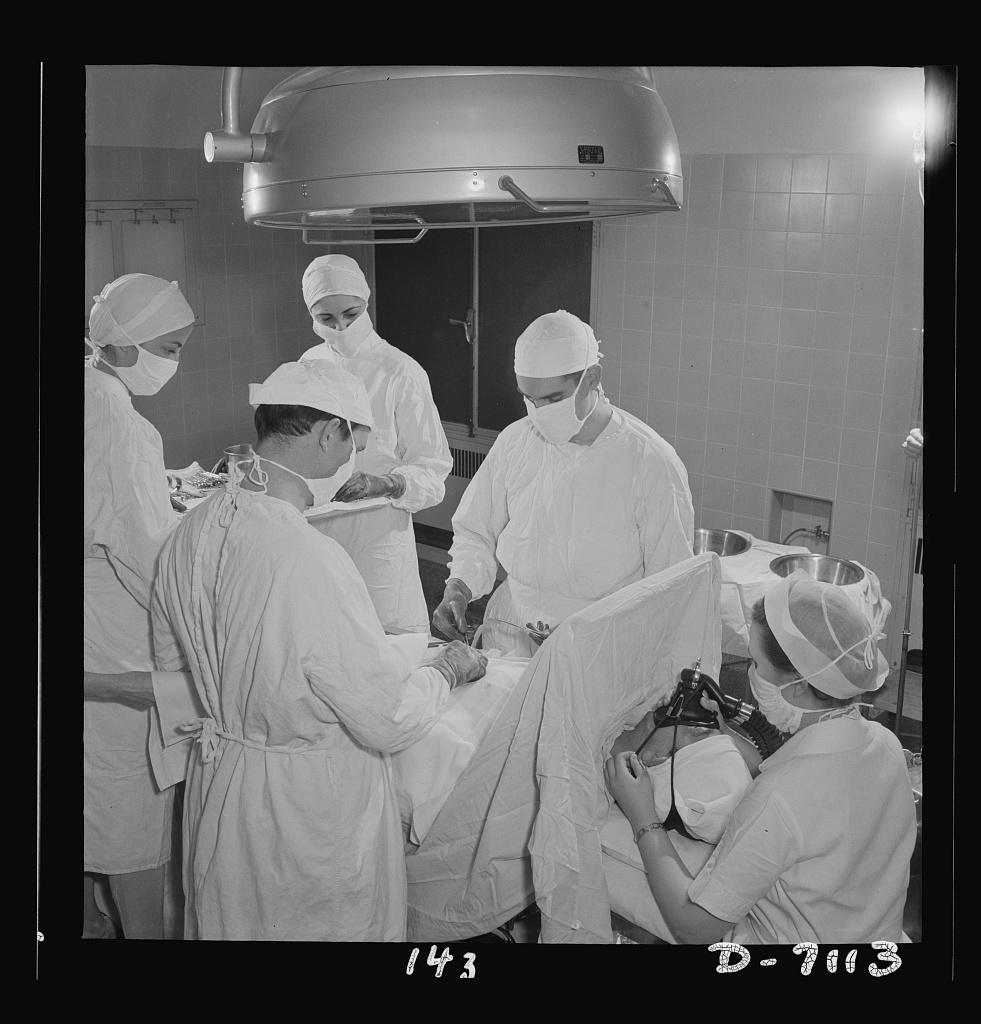|
Navel
The navel (clinically known as the umbilicus; : umbilici or umbilicuses; also known as the belly button or tummy button) is a protruding, flat, or hollowed area on the abdomen at the attachment site of the umbilical cord. Structure The umbilicus is used to visually separate the abdomen into quadrants. The umbilicus is a prominent Scar#Umbilical, scar on the abdomen, with its position being relatively consistent among humans. The skin around the waist at the level of the umbilicus is supplied by the tenth thoracic spinal nerve (T10 dermatome (anatomy), dermatome). The umbilicus itself typically lies at a vertical level corresponding to the junction between the L3 and L4 vertebrae, with a normal variation among people between the L3 and L5 vertebrae. Parts of the adult navel include the "umbilical cord remnant" or "umbilical tip", which is the often protruding scar left by the detachment of the umbilical cord. This is located in the center of the navel, sometimes described ... [...More Info...] [...Related Items...] OR: [Wikipedia] [Google] [Baidu] |
Midriff
In fashion, the midriff is the human abdomen. The midriff is exposed when wearing a crop top or some forms of swimwear or underwear. Etymology "Midriff" is a very old term in the English language, coming into use before 1000 AD. In Old English it was written as "", with the old word "" literally meaning stomach; in Middle English, it was "". The word fell into obsolescence after the 18th century. The word was revived in 1941 by the fashion industry, partly to avoid use of the word "belly" which genteel women considered undesirable in reference to their bodies, as it has connotations of obesity. Culture and history Western culture 1930s–1970s In some cultures, exposure of the midriff is socially discouraged or even banned, and Western culture has historically been hesitant in the use of midriff-baring styles. Bill Blass commented: It is too difficult. Women will much more readily wear bare-back or plunging-neckline styles. It was introduced to fashion in 1932 b ... [...More Info...] [...Related Items...] OR: [Wikipedia] [Google] [Baidu] |
Umbilicoplasty
Umbilicoplasty, sometimes referred to as "belly button surgery", is a plastic surgery procedure to modify the appearance of one's navel (or "belly button"). It may be performed as part of a tummy tuck or lower body lift operation, or it may be performed alone. Reasons Candidates typically choose the surgery because they dislike how their navel looks. They may have a protruding or inverted navel, which they may wish to change. Their navel may be as it was from birth, or it may have changed due to unrelated surgery, such as a Caesarean section Caesarean section, also known as C-section, cesarean, or caesarean delivery, is the Surgery, surgical procedure by which one or more babies are Childbirth, delivered through an incision in the mother's abdomen. It is often performed because va .... Another fairly common reason is because of dramatic weight loss or pregnancy, which can change the shape of a belly button. Some may have experienced weight gain, weight loss, or pregnancy, ... [...More Info...] [...Related Items...] OR: [Wikipedia] [Google] [Baidu] |
Umbilical Hernia
An umbilical hernia is a health condition where the abdominal wall behind the navel is damaged. It may cause the navel to bulge outwards—the bulge consisting of abdominal fat from the greater omentum or occasionally parts of the small intestine. The bulge can often be pressed back through the hole in the abdominal wall, and may "pop out" when coughing or otherwise acting to increase intra-abdominal pressure. Treatment is surgical, and surgery may be performed for cosmetic as well as health-related reasons. Signs and symptoms A hernia is present at the site of the umbilicus (commonly called a navel or belly button) in newborns; although sometimes quite large, these hernias tend to resolve without any treatment by around the age of 2–3 years. Obstruction and strangulation of the hernia is rare because the underlying defect in the abdominal wall is larger than in an inguinal hernia of the newborn. The size of the base of the herniated tissue is inversely correlated with risk o ... [...More Info...] [...Related Items...] OR: [Wikipedia] [Google] [Baidu] |
Umbilical Cord
In Placentalia, placental mammals, the umbilical cord (also called the navel string, birth cord or ''funiculus umbilicalis'') is a conduit between the developing embryo or fetus and the placenta. During prenatal development, the umbilical cord is physiologically and genetically part of the fetus and (in humans) normally contains two arteries (the umbilical arteries) and one vein (the umbilical vein), buried within Wharton's jelly. The umbilical vein supplies the fetus with oxygenated, nutrient-rich blood from the placenta. Conversely, the fetal heart pumps low-oxygen, nutrient-depleted blood through the umbilical arteries back to the placenta. Structure and development The umbilical cord develops from and contains remnants of the yolk sac and allantois. It forms by the fifth week of human embryogenesis, development, replacing the yolk sac as the source of nutrients for the embryo. The cord is not directly connected to the mother's circulatory system, but instead joins the pla ... [...More Info...] [...Related Items...] OR: [Wikipedia] [Google] [Baidu] |
Abdomen
The abdomen (colloquially called the gut, belly, tummy, midriff, tucky, or stomach) is the front part of the torso between the thorax (chest) and pelvis in humans and in other vertebrates. The area occupied by the abdomen is called the abdominal cavity. In arthropods, it is the posterior (anatomy), posterior tagma (biology), tagma of the body; it follows the thorax or cephalothorax. In humans, the abdomen stretches from the thorax at the thoracic diaphragm to the pelvis at the pelvic brim. The pelvic brim stretches from the lumbosacral joint (the intervertebral disc between Lumbar vertebrae, L5 and Vertebra#Sacrum, S1) to the pubic symphysis and is the edge of the pelvic inlet. The space above this inlet and under the thoracic diaphragm is termed the abdominal cavity. The boundary of the abdominal cavity is the abdominal wall in the front and the peritoneal surface at the rear. In vertebrates, the abdomen is a large body cavity enclosed by the abdominal muscles, at the front an ... [...More Info...] [...Related Items...] OR: [Wikipedia] [Google] [Baidu] |
Scar
A scar (or scar tissue) is an area of fibrosis, fibrous tissue that replaces normal skin after an injury. Scars result from the biological process of wound repair in the skin, as well as in other Organ (anatomy), organs, and biological tissue, tissues of the body. Thus, scarring is a natural part of the healing process. With the exception of very minor lesions, every wound (e.g., after accident, disease, or surgery) results in some degree of scarring. An exception to this are animals with complete Regeneration (biology), regeneration, which regrow tissue without scar formation. Scar tissue is composed of the same protein (collagen) as the tissue that it replaces, but the fiber composition of the protein is different; instead of a random basketweave formation of the collagen fibers found in normal tissue, in fibrosis the collagen cross-links and forms a pronounced alignment in a single direction. This collagen scar tissue alignment is usually of inferior functional quality to the ... [...More Info...] [...Related Items...] OR: [Wikipedia] [Google] [Baidu] |
Dermatome (anatomy)
A dermatome is an area of skin that is mainly supplied by afferent nerve fibres from the dorsal root of any given spinal nerve. There are 8 cervical nerves (C1 being an exception with no dermatome), 12 thoracic nerves, 5 lumbar nerves and 5 sacral nerves. Each of these nerves relays sensation (including pain) from a particular region of skin to the brain. The term is also used to refer to a part of an embryonic somite. Along the thorax and abdomen, the dermatomes are like a stack of discs forming a human, each supplied by a different spinal nerve. Along the arms and the legs, the pattern is different: the dermatomes run longitudinally along the limbs. Although the general pattern is similar in all people, the precise areas of innervation are as unique to an individual as fingerprints. An area of skin innervated by a single nerve is called a peripheral nerve field. The word ''dermatome'' is formed from Ancient Greek 'skin, hide' and 'cut'. Clinical significance A derma ... [...More Info...] [...Related Items...] OR: [Wikipedia] [Google] [Baidu] |
Urachus
The urachus forms from the distal end of the allantois in the embryo, and develops into a closed cord between the base of the bladder, and the navel. It drains the bladder of the fetus that joins and runs within the umbilical cord. The fibrous remnant lies in the space of Retzius, between the transverse fascia anteriorly and the peritoneum posteriorly. At birth, the urachus develops into the median umbilical ligament. Development The part of the urogenital sinus related to the bladder and urethra absorbs the ends of the Wolffian ducts and the associated ends of the renal diverticula. This gives rise to the trigone of the bladder and part of the prostatic urethra. The remainder of this part of the urogenital sinus forms the body of the bladder and part of the prostatic urethra. The apex of the bladder stretches and is connected to the umbilicus as a narrow canal. This canal is initially open, but later closes as the urachus goes on to definitively form the median umbilical li ... [...More Info...] [...Related Items...] OR: [Wikipedia] [Google] [Baidu] |
Linea Alba (abdomen)
The linea alba (Latin for: white line) is a strong fibrous midline structure of the anterior abdominal wall situated between the two recti abdominis muscles (one on either side). The umbilicus (navel) is present on the linea alba through which foetal umbilical vessels pass before birth. The linea alba is formed by the union of aponeuroses (of the muscles of the anterior abdominal wall) that collectively make up the rectus sheath. The linea alba attaches to the xiphoid process superiorly, and to the pubic symphysis inferiorly. It is narrow inferiorly where the two recti abdominis muscles are in contact with each other posterior to it, and broadens superior-ward from just inferior to the umbilicus. The name means ''white line'' as it is composed mostly of collagen connective tissue, which has a white appearance. In sufficiently muscular individuals, its presence can be seen on the skin, forming the depression between the left and right halves of a " six pack". Function The l ... [...More Info...] [...Related Items...] OR: [Wikipedia] [Google] [Baidu] |
Appendectomy
An appendectomy (American English) or appendicectomy (British English) is a Surgery, surgical operation in which the vermiform appendix (a portion of the intestine) is removed. Appendectomy is normally performed as an urgent or emergency procedure to treat complicated acute appendicitis. Appendectomy may be performed Laparoscopic surgery, laparoscopically (as minimally invasive surgery) or as an open operation. Over the 2010s, surgical practice has increasingly moved towards routinely offering laparoscopic appendicectomy; for example in the United Kingdom over 95% of adult appendicectomies are planned as laparoscopic procedures. Laparoscopy is often used if the diagnosis is in doubt, or in order to leave a less visible surgical scar. Recovery may be slightly faster after laparoscopic surgery, although the laparoscopic procedure itself is more expensive and resource-intensive than open surgery and generally takes longer. Advanced pelvic sepsis occasionally requires a lower midline ... [...More Info...] [...Related Items...] OR: [Wikipedia] [Google] [Baidu] |
Sinus (anatomy)
A sinus is a sac or cavity in any organ or tissue, or an abnormal cavity or passage. In common usage, "sinus" usually refers to the paranasal sinuses, which are air cavities in the cranial bones, especially those near the nose and connecting to it. Most individuals have four paired cavities located in the cranial bone or skull. Etymology ''Sinus'' is Latin for "bay", "pocket", "curve", or "bosom". In anatomy, the term is used in various contexts. The word "sinusitis" is used to indicate that one or more of the membrane linings found in the sinus cavities has become inflamed or infected. It is however distinct from a fistula, which is a tract connecting two epithelial surfaces. If left untreated, infections occurring in the sinus cavities can affect the chest and lungs. Sinuses in the body * Paranasal sinuses ** Maxillary ** Ethmoid ** Sphenoid ** Frontal * Dural venous sinuses ** Anterior midline *** Cavernous *** Superior petrosal *** Inferior petrosal ** Central sul ... [...More Info...] [...Related Items...] OR: [Wikipedia] [Google] [Baidu] |







